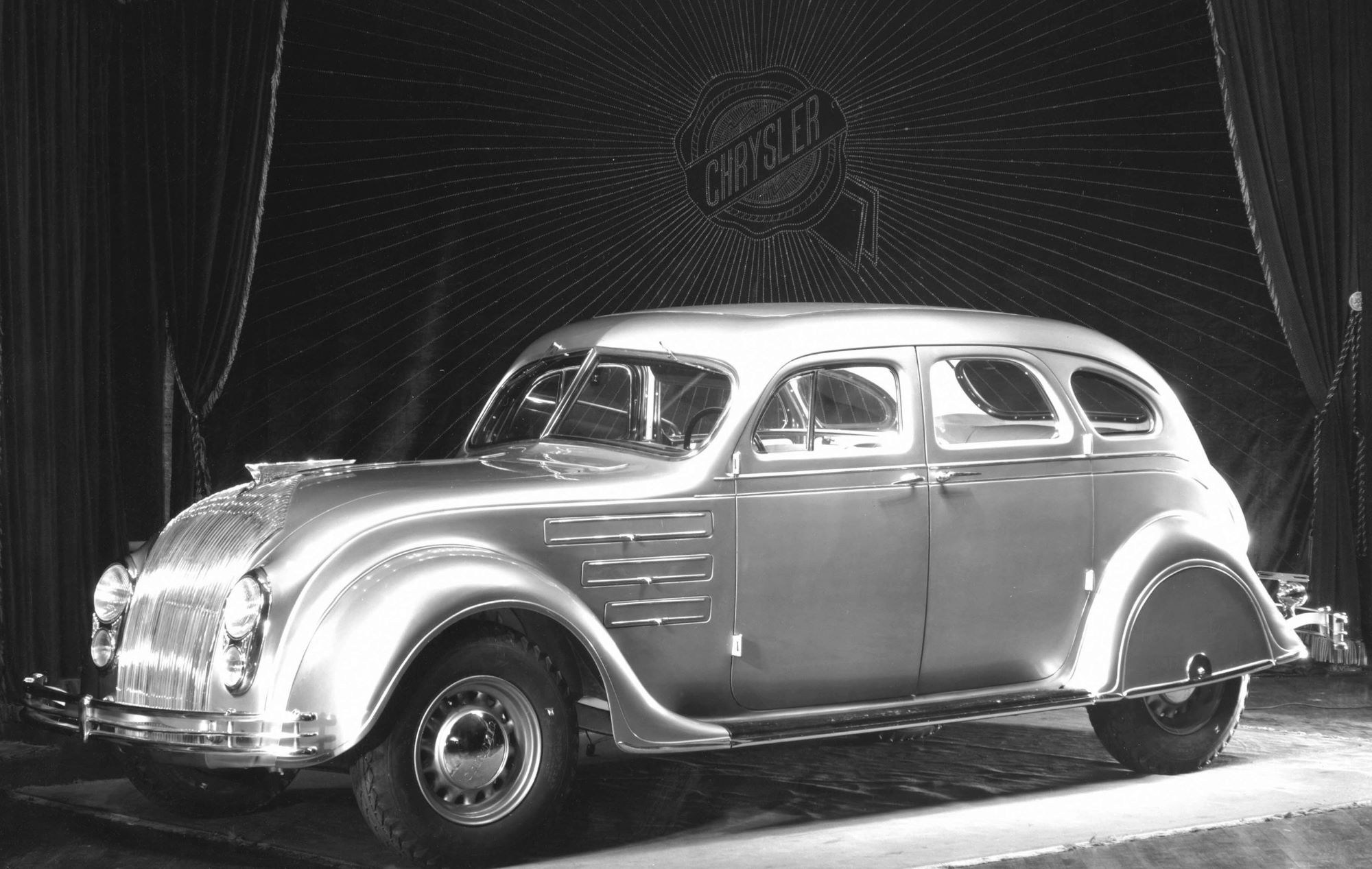
In 1934, Chrysler, with advice from Orville Wright, built a wind tunnel to test body shapes that led to the first unit-body, aerodynamic car — the Airflow. The idea came from Carl Breer after he tested conventional car shapes in a wind tunnel and found they registered much less drag “tail first.”
Chrysler’s Airflow “streamliner” was dramatic and ahead of its time — the fluid design and pioneering unit-body construction offered improved handing and passenger comfort in a vehicle unlike any seen before.
The Chrysler Airflow also featured recessed headlights, a low step-up height, a standard in-line eight-cylinder engine, automatic overdrive and good gas mileage (posting 21.4 miles per gallon on a coast-to-coast test trip). Unfortunately for Chrysler, the Airflow was a bit too different for most. Even though its design was soon widely copied, this first truly streamlined car was not a sales success.
The Chrysler Airflow appears in 1934 as a pure expression of engineering vision. It is a mass-production car designed with the aid of a wind tunnel, and it radically changes vehicle architecture, redefining how automobiles are designed. The Airflow becomes the epitome of the modern car (even though its styling is controversial), and the Airflow’s influence can be seen in other makes around the world thereafter. The more conventional Airstream models follow the next year.
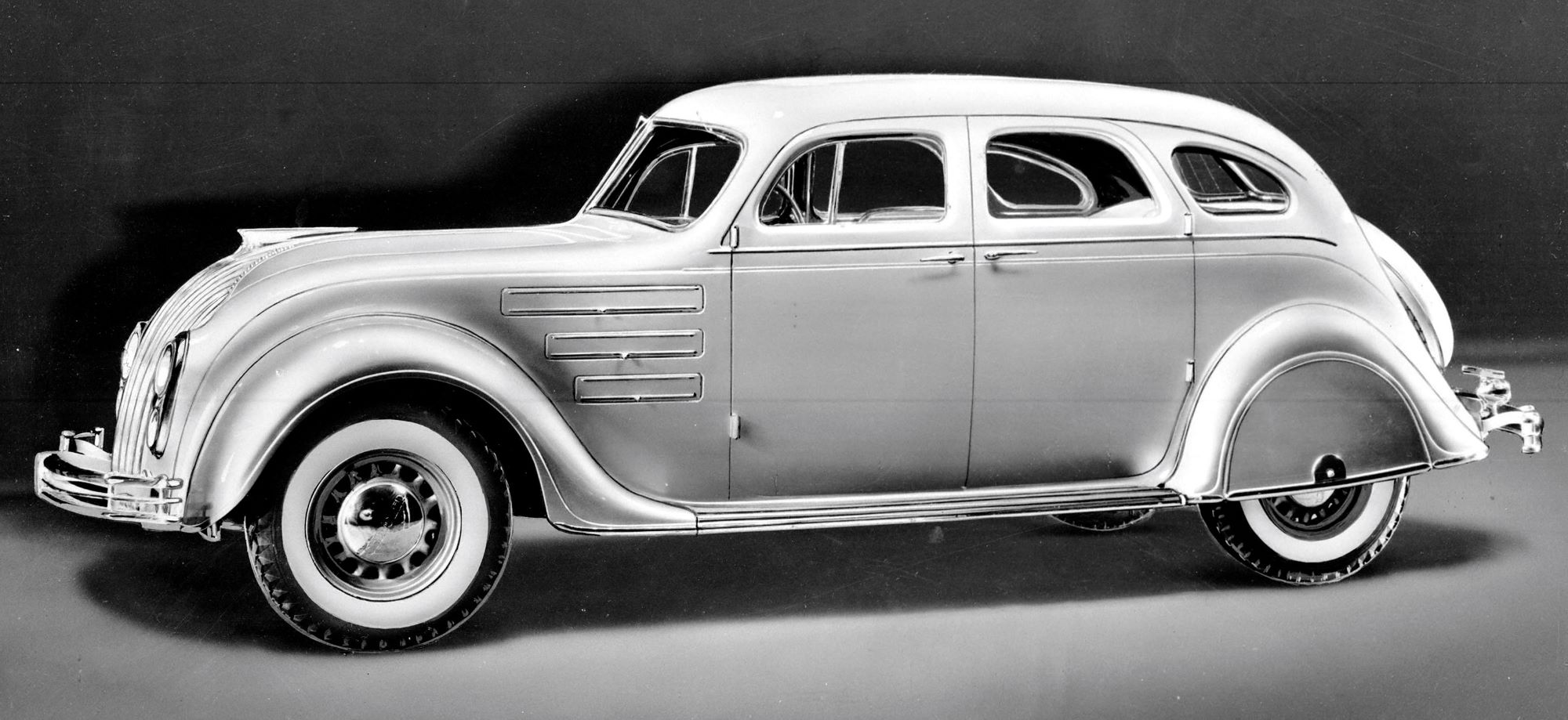
Chrysler Airflow:
- Production Years: 1934–1937
- Divisions: Chrysler and DeSoto (marketed under both brands)
- Design Philosophy: Streamlined, wind tunnel-tested body; unibody construction
- Engine: Inline-8 (varied by year and model)
- Layout: Front-engine, rear-wheel drive
- Wheelbase: Ranged from 123 inches (DeSoto) to 137.5 inches (Chrysler Imperial)
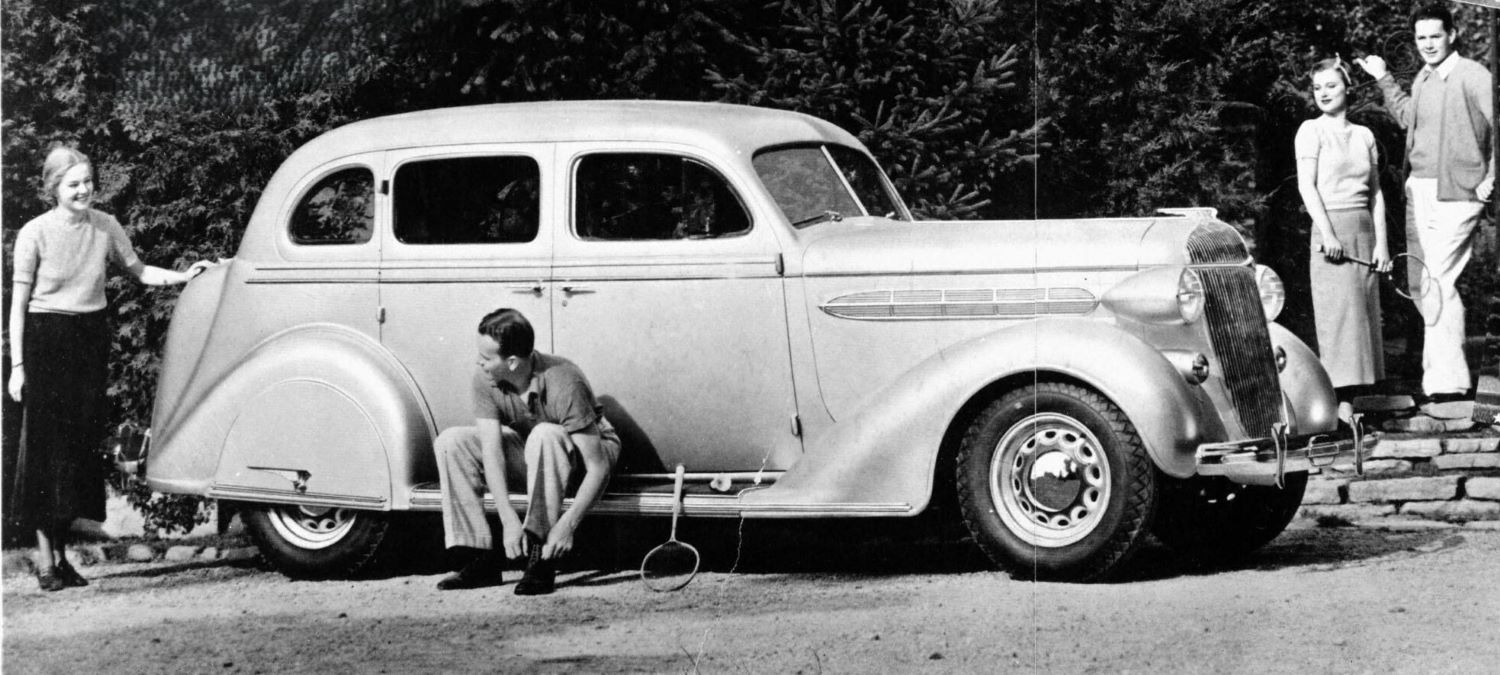
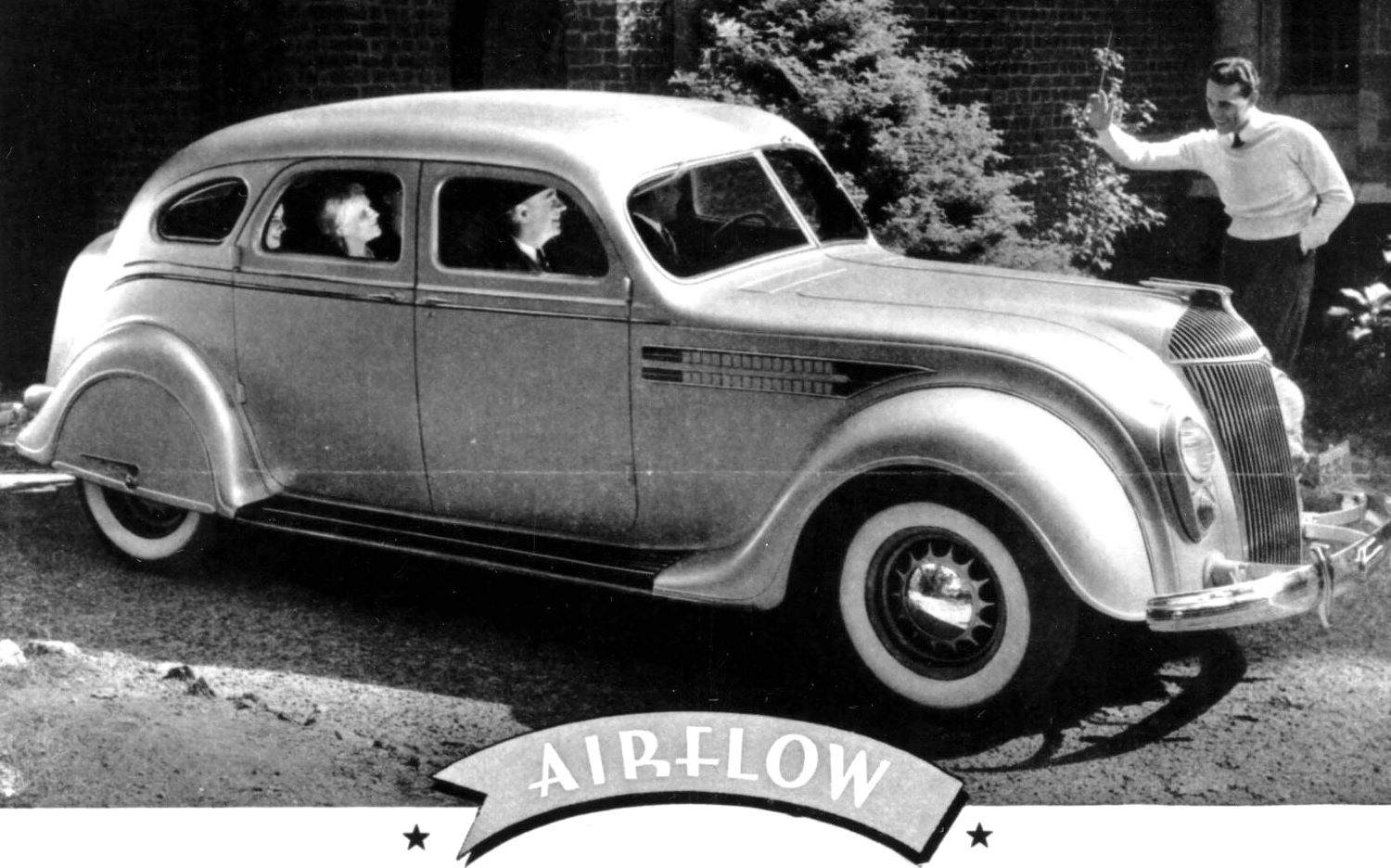
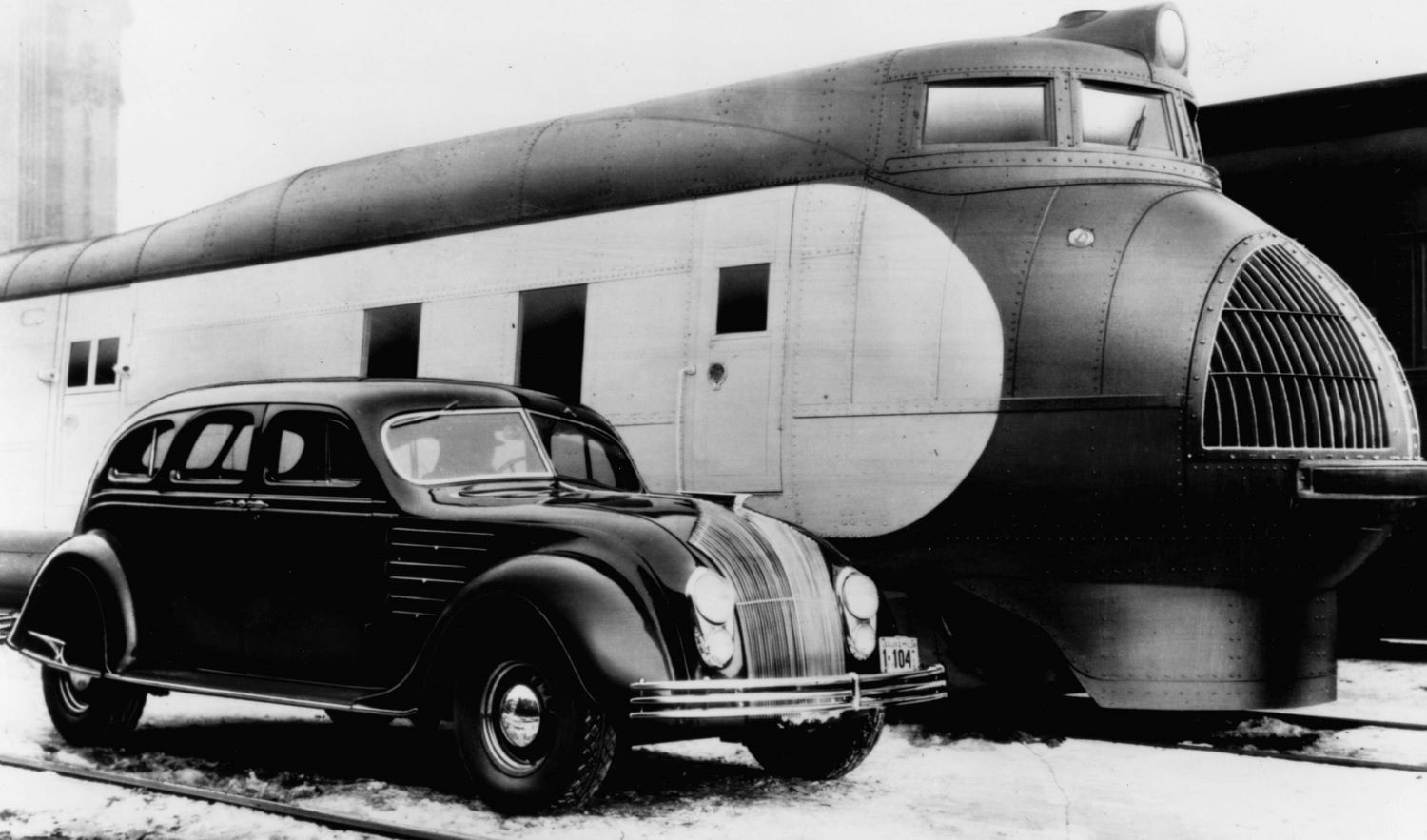
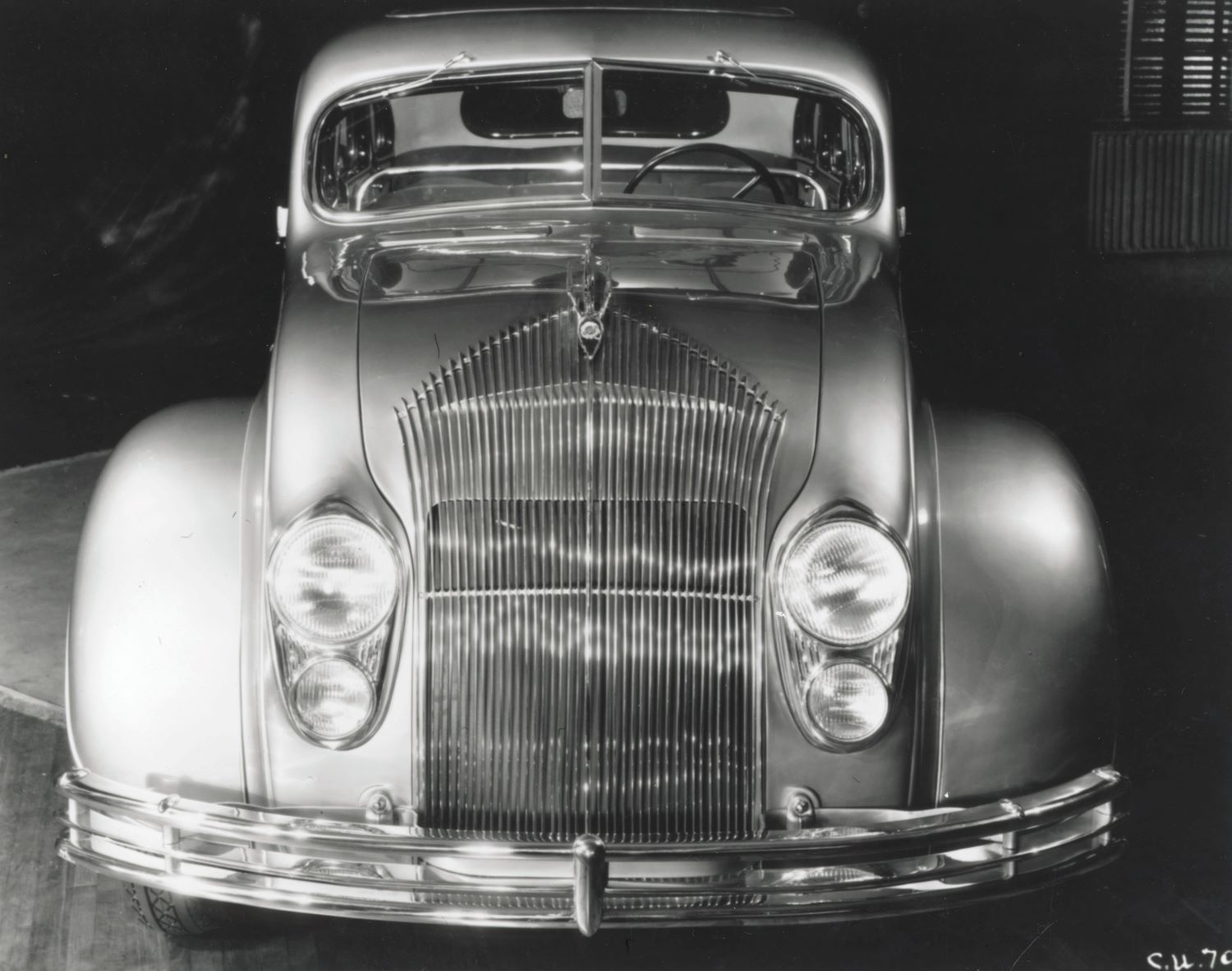
- The Airflow’s design, while advanced for the time, was not universally appealing to consumers.
- Production issues and some structural weaknesses contributed to a negative reputation for the car.
- The Airflow was a pioneer in aerodynamic design and lighter-weight construction, but its initial market failure did not deter other manufacturers from adopting these features in later models.
- The first Chrysler Airflow was introduced in 1934.
- Production figures for the Airflow were significantly lower than the concurrent Airstream models, even within the same years.
- Sales of the Airflow declined throughout its production run, with the last year (1937) seeing the lowest numbers.
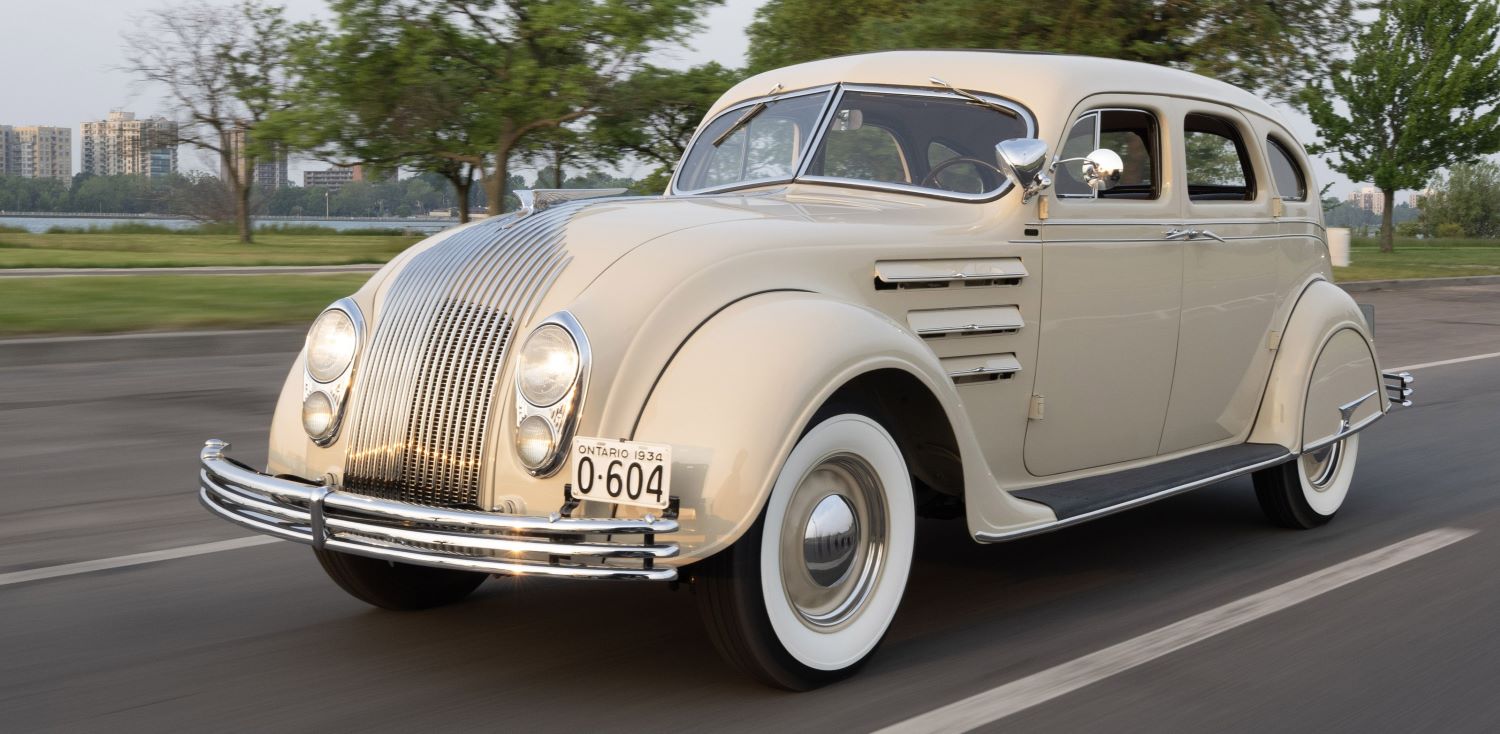
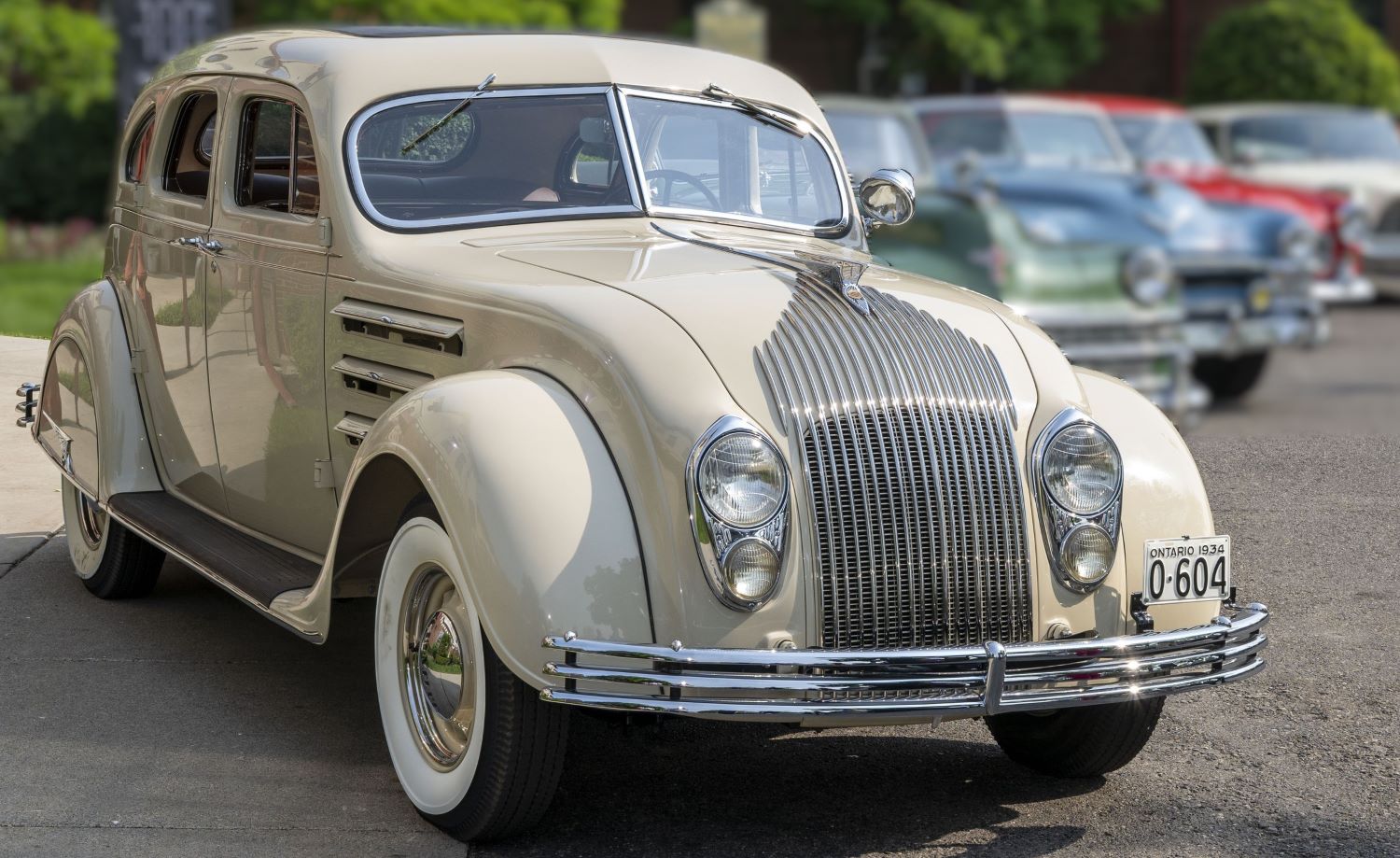
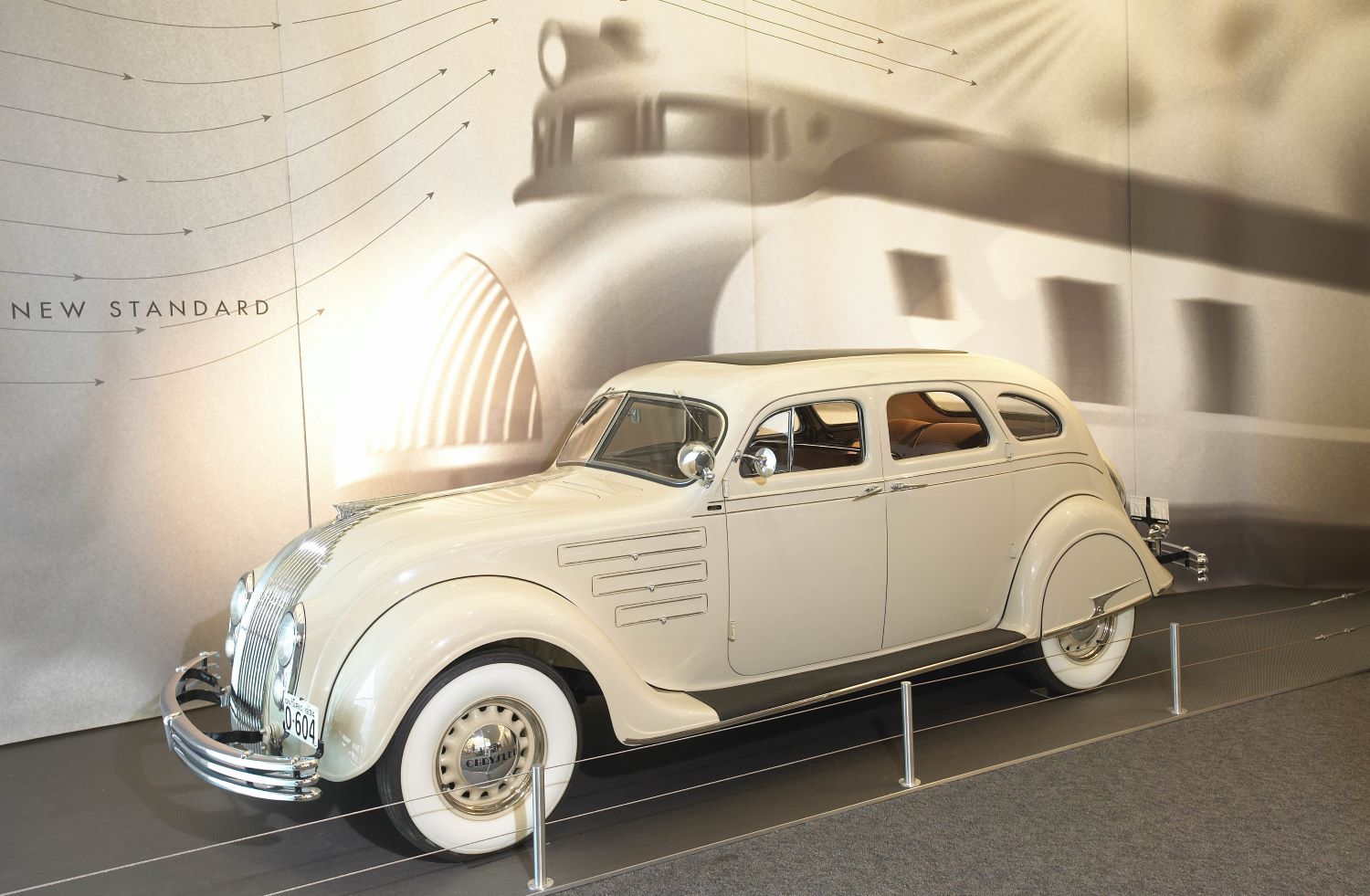

You must be logged in to post a comment.